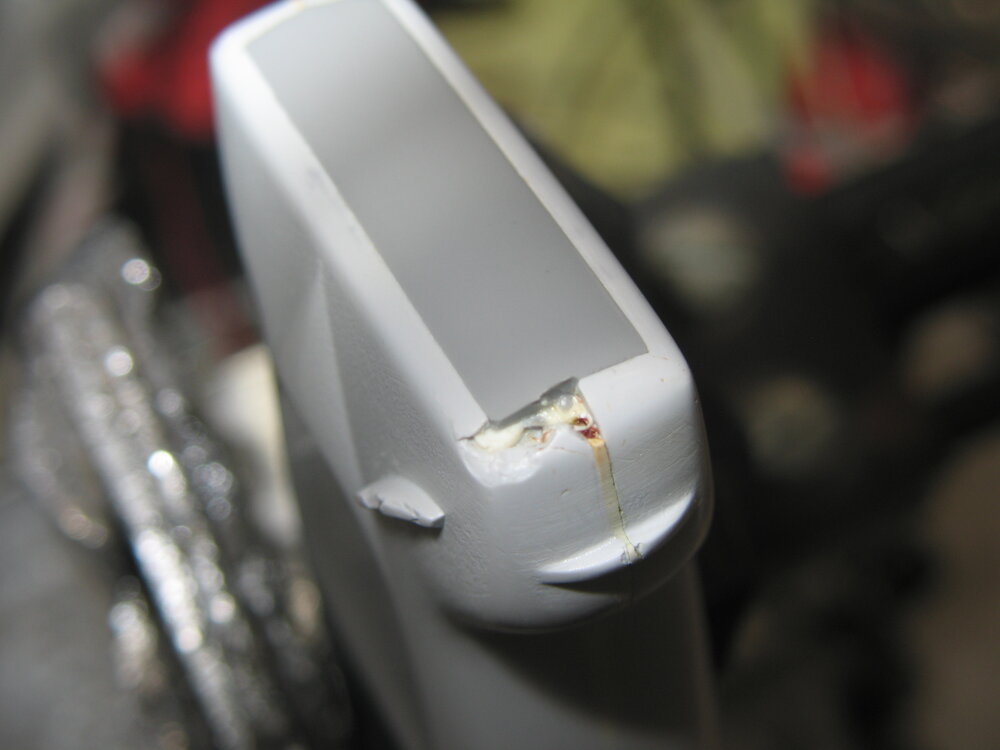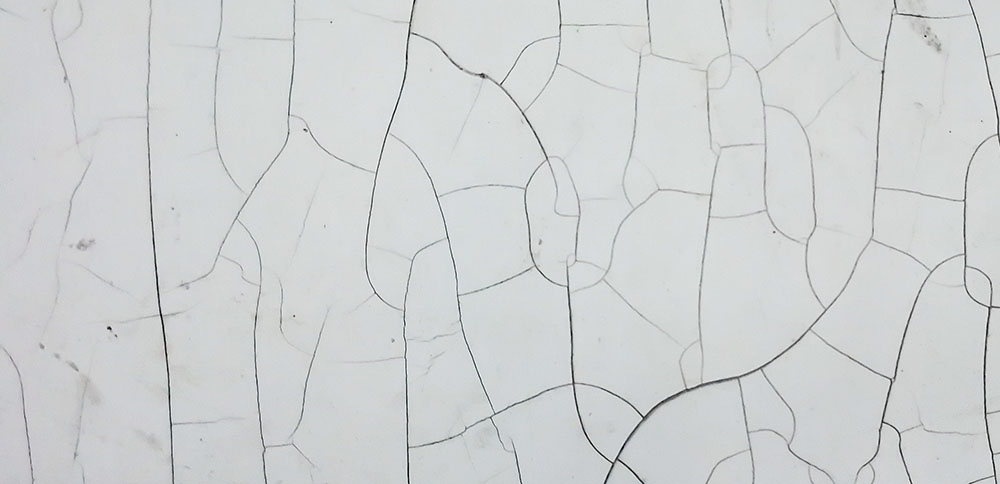FDA recalls medical devices damaged by incompatible disinfectants

Medical devices used in patient care are being recalled due to damage caused by disinfectants incompatible with the product’s surface material.
There are many reasons why this is an issue. Medical devices damaged by cleaning with incompatible disinfectants can become microbial reservoirs, providing safe harbor to potentially dangerous pathogens and becoming a risk to patient safety. Surface disinfection compatibility issues can also lead to costly FDA recalls.
Let’s look at some recent examples.
In January 2022, a product used in peritoneal dialysis sold by a large medical device manufacturer was subject to a Class 2 FDA recall because “the use of cleaning products and solvents may cause damage (for example, leaking or cracking), if they come into direct contact with” the product. The product manufacturer had to issue an urgent correction letter to medical centers and patients and update their product’s IFUs with a warning that the product is not compatible with certain disinfectants.
In August 2021, the FDA inspected a voluntary recall of CPAP, BIPAP, and ventilator products by a major medical device manufacturer due to physical and chemical breakdown of the foam used in these devices, putting patients at high risk of injury or death. The damage was caused “by using ozone or ultraviolet (UV) light cleaners or other cleaning methods not recommended by the manufacturer” in addition to other variables. The company had to recall more products with this same problem in December 2021. The company is responsible for repairing or replacing the recalled products, which the FDA classified as a Class 1 recall (the most serious) in January 2022.

The surface disinfection compatibility issue must be addressed
Surface disinfection compatibility issues continue to be a serious and overlooked problem in the healthcare industry:
- There are no standard guidelines or regulatory requirements for manufacturers to test their products for safety against all categories of EPA-registered disinfectants to ensure the disinfectants used within the healthcare setting can be used without causing damage.
- Product IFUs are often unclear on which disinfectants may cause damage.
- Hospitals use disinfectants that may be incompatible with a product’s surface materials, often unknowingly or because their infection prevention guidelines require its use.
- The damage caused by incompatible disinfectants is often unseen for long periods of time before visible damage is noticed, allowing microbes to proliferate and spread and putting patients and healthcare workers at risk of infection.
- The costs incurred due to device damage caused by disinfection incompatibility is high, for both manufacturers and medical facilities.
How medical device manufacturers can help
Medical device companies bring innovation to healthcare providers with a goal of minimizing patient risks and supporting effective patient care.
In a recent case study released by the Healthcare Surfaces Institute (HSI) and Association of Healthcare Value Analysis Professionals (AHVAP), a medical device company worked closely with a medical facility to develop a medical monitoring device. Many healthcare professionals were included in this process, but the question of infection prevention guidelines for cleaning and disinfection was not part of the design discussions, resulting in notable damage to the devices after they were implemented at the hospital. Upon further research, chemical damage due to incompatibility with the disinfectants was determined to be the reason.
Now is the time for this topic to be one of the first evaluations when designing products for the healthcare setting. The issue of surface disinfection compatibility must be discussed and evaluated, not only with a manufacturer’s design team but also with healthcare professionals who establish infection prevention guidelines for cleaning and disinfection (and sterilization requirements when necessary).
For more information, read our 3-part series examining the issue of surface disinfection compatibility:
- Surface Disinfection Compatibility Part 1: What Is It?
- Surface Disinfection Compatibility Part 2: Selecting Surface Materials
- Surface Disinfection Compatibility Part 3: Costs of “Incompatibility” in Healthcare
You can also download our recent case study on the issue: Surface disinfection incompatibility with medical devices creates potential patient risks
As a 501(c)(3) non-profit organization, we rely on donations to save lives. We need your help.
Please consider donating, becoming a member, or exploring corporate sponsorship through your workplace today.

